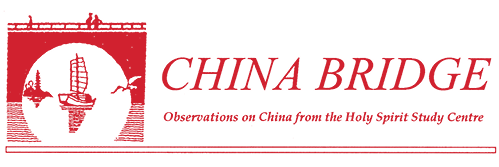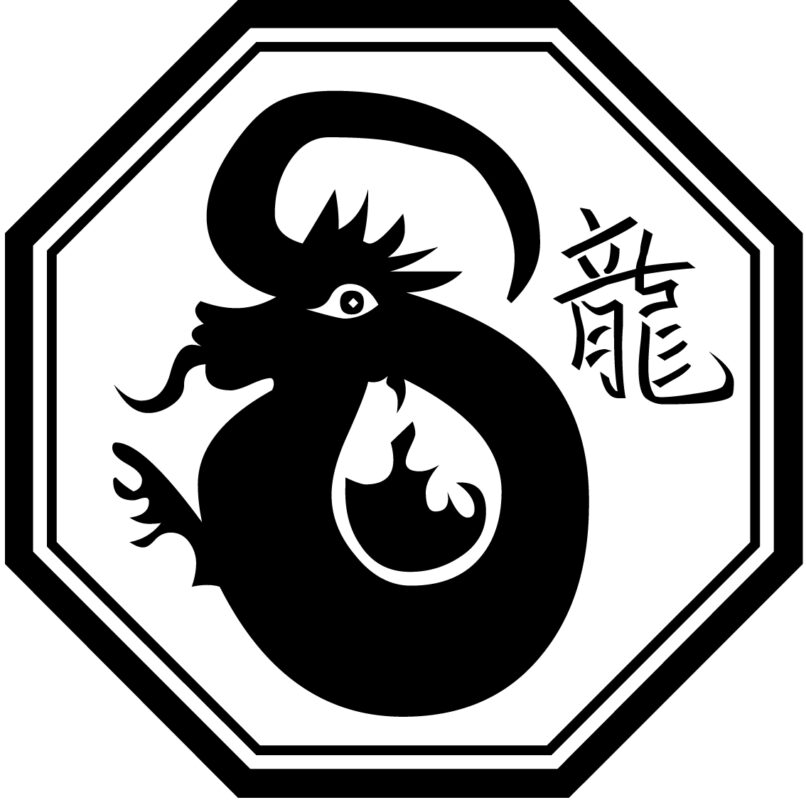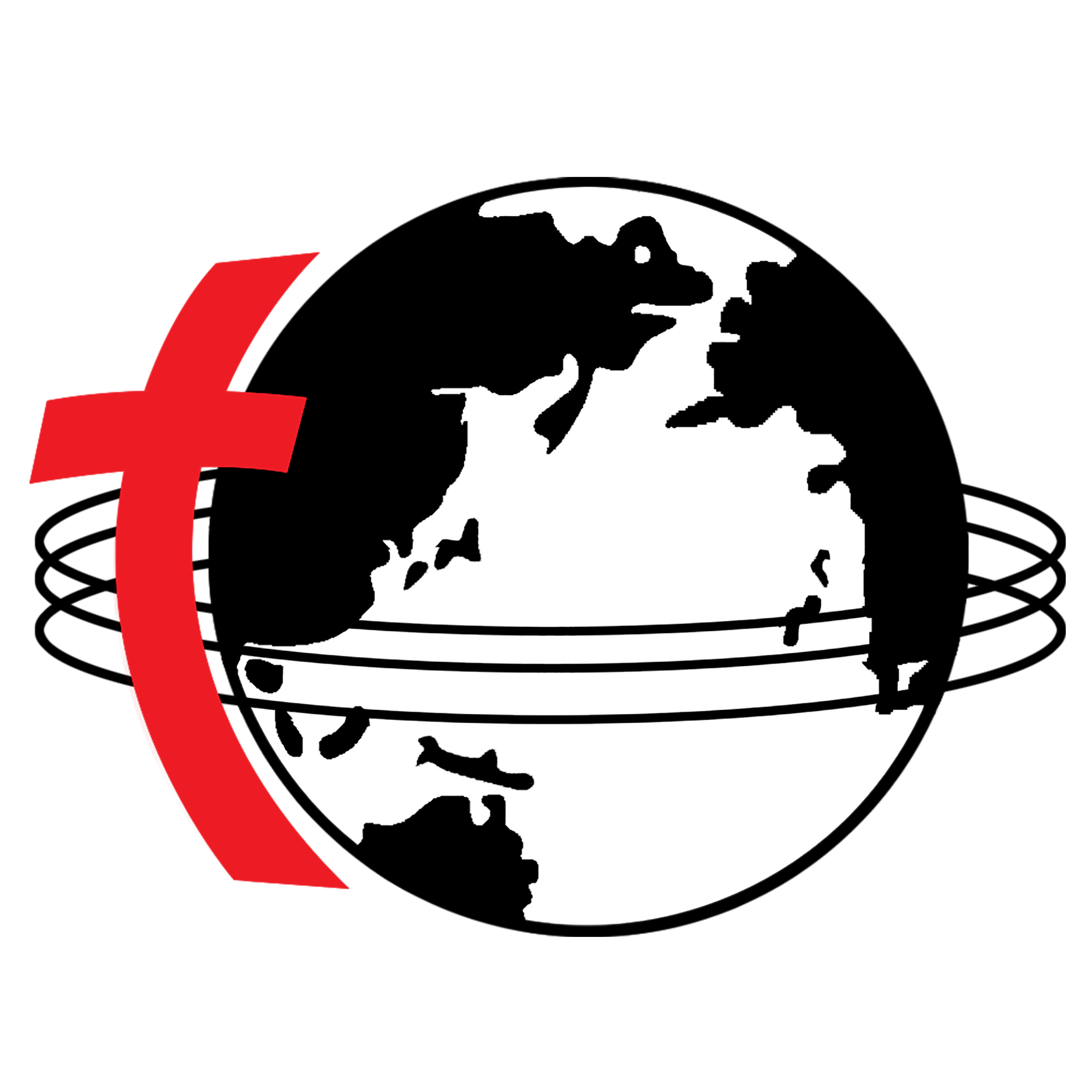
China Bridge (神州橋樑)_2012/Jan
The good dragons

Once every 12 years, we welcome the most honoured of the animals of the Chinese horoscope…the dragon!
The Chinese New Year of 4710 is our 2012 and the dragon celebrated is the Water Dragon. There are other dragons such as the Wood Dragon, the Fire Dragon, the Earth Dragon and the Metal Dragon.
We all enjoy reading about the animal for the year we were born and seeing what luck we might have in the dragon year; this is usually done in great fun with friends.
Tradition has it that the Water Dragon is less selfish and opinionated than the other dragons. It is more inhibited and less power-hungry. It can accept defeat without recriminations and makes a good negotiator as it knows when, where and how to apply pressure. It has a tendency to be over-optimistic and needs to learn how to relinquish what is unfeasible so that it can concentrate its energies on the most rewarding endeavours.
As in the western zodiac, the animals of Chinese astrology are thought by many to dictate personality traits or, in the wider scope of things, even impact upon world events in any year they rule. Present-day Oriental astrologers claim that children born during Dragon Years enjoy health, wealth and long life.
Generally, any new venture may benefit from the outstanding luck often associated with the dragon. Therefore, 2012 will be a really good year to get married, have children, or start a new business. This is the year of the Water Dragon, the liquid element is predicted to calm the dragon’s usually tempestuous nature and will give a thoughtful perspective to the plight of the less fortunate. Here is a Chinese tale.
The four dragons
Once upon a time, there were no rivers and lakes on earth, but only the Eastern Sea, in which lived four dragons: the Long Dragon, the Yellow Dragon, the Black Dragon and the Pearl Dragon.
One day the four dragons flew from the sea into the sky. They soared and dived, playing at hide-and-seek in the clouds.
“Come over here quickly!” the Pearl Dragon cried out suddenly.
“What’s up?” asked the other three, looking down in the direction where the Pearl Dragon pointed. On the earth they saw many people putting out fruit and cakes, and burning incense sticks. They were praying!
A white-haired woman, kneeling on the ground with a thin boy on her back, murmured, “Please send rain quickly, God of heaven, to give our children rice to eat.” For there had been no rain for a long time. The crops had withered, the grass turned yellow and fields cracked under the scorching sun.
“How poor the people are!” said the Yellow Dragon. “And they will die if it doesn’t rain soon.”
The Long Dragon nodded. Then he suggested, “Let’s go and beg the Jade Emperor for rain.” So saying, he leapt into the clouds. The others followed closely and flew towards the Heavenly Palace.
Being in charge of all the affairs in heaven, on earth and in the sea, the Jade Emperor was extremely powerful. He was not pleased to see the dragons rushing in. “Why do you come here instead of staying in the sea and behaving yourselves?”
The Long Dragon stepped forward and said, “The crops on earth are withering and dying, Your Majesty. I beg you to send rain down quickly!”
“All right. You go back first, I’ll send some rain down tomorrow.” The Jade Emperor pretended to agree while listening to the songs of the fairies.
“Thanks, Your Majesty!” The four dragons went happily back.
But ten days passed and not a drop of rain came down.
The people suffered more, some eating bark, some grass roots, some forced to eat white clay when they ran out of bark and grass roots.
Seeing all this, the four dragons felt deeply sorry, for they knew the Jade Emperor only cared about pleasure and never took the people to heart. They could only rely on themselves to relieve the people of their miseries. But how to do it?
Seeing the vast sea, the Long Dragon said that he had an idea.
“What is it? Out with it, quickly!” the other three demanded.
“Look, is there not plenty of water in the sea where we live? We should scoop it up and spray it towards the sky. The water will be like rain drops and come down to save the people and their crops.”
“Good idea!” The others clapped their hands.
“But,” said the Long Dragon after thinking a bit, “we will be blamed if the Jade Emperor learns of this.”
“I will do anything to save the people,” the Yellow Dragon said resolutely.
“Let’s begin. We will never regret it.” The Black Dragon and the Pearl Dragon were not to be outdone. They flew to the sea, scooped up water in their mouths and then flew back into the sky, where they sprayed the water out over the earth. The four dragons flew back and forth, making the sky dark all around. Before long the sea water became rain pouring down from the sky.
“It is raining! It is raining!” “The crops will be saved!”
The people cried and leaped with joy. On the ground the wheat stalks raised their heads and the sorghum stalks straightened up.
The god of the sea discovered these events and reported them to the Jade Emperor.
“How dare the four dragons bring rain without my permission!” The Jade Emperor was enraged and ordered the heavenly generals and their troops to arrest the four dragons. Being far outnumbered, the four dragons could not defend themselves, and they were soon arrested and brought back to the heavenly palace.
“Go and get four mountains to lay upon them so that they can never escape!” The Jade Emperor ordered the mountain god.
The mountain god used his magic power to make four mountains fly there, whistling in the wind from afar and pressed them down upon the four dragons.
Imprisoned as they were, they never regretted their actions. Determined to do good for the people forever, they turned themselves into four rivers, which flowed past high mountains and deep valleys, crossing the land from the west to the east and finally emptying into the sea.
And so China’s four great rivers were formed… the Heilongjiang (Black Dragon) in the far north, the Huanghe (Yellow River) in central China, the Changjiang (Yangtze, or Long River) farther south, and the Zhujiang (Pearl) in the very far south. (Crystal Dragon of Taiwan)
Symbol of good
In this story we see how the dragon is a symbol of good in Chinese folklore. Each year in China, we often hear of floods, droughts, earthquakes and troubles of different kinds. People don’t usually call on their favourite dragon for help, but many Christians will call on the Blessed Mother and other saints to intercede for them when disasters and problems come upon them.
We should act like the good dragons; we have a good God who will respond when we ask him to remove the sufferings from our brothers and sisters, not only in China, but in every country. When we can, we should also do all in our power to help people who are suffering.
Have you heard of dragon paths? Here we see the dragon in a scientific light.
Long mei (龍脈)
Long mei – the paths of the dragon – are lines of energy discovered by the ancient Chinese. The heart of the dragon is said to be found at a knoll standing in a small valley among the hills. From this heart, the veins of the dragon current run over the surrounding valleys and hills. Near the dragon’s heart, the force is strong and active. This is where the dragon and the tiger, or the male and female currents merge together harmoniously.
Several of these long mei lines run under the water from China and then across Japan. Along one line, an underwater city was discovered in 1997 near Okinawa. This once thriving city appears to have been carved out of an underwater mountain, complete with roads and a pyramid. It has been dated by researchers at the Ryukyu University to around 10,000 BC. The ancient Chinese believed that these dragon paths covered the entire Earth.
In ancient Britain, the dragon lines became known as ley lines. These lines become straighter, in fact, absolutely straight, running their way through lakes, over steep mountains, through and past stone circles and standing stones.
When the early Christians arrived in Britain, they built their churches on the old sacred sites, which is why most old churches are also on ley lines.
When the Romans arrived in Britain, they built their own roads on top of the old straight tracks of the leys that they found there. That is one reason why many of the old Roman roadways in Britain seem to link ancient stone monuments together. Moreover, the Romans also found these old straight tracks in all of the territories they conquered and built on top of them. (Bella Online, Spirituality Site)
There is much more to learn about Dragon Lines, suffice it to say, the mythical dragon is a positive symbol in some cultures and it is even used in understanding natural energy.
On January 23, we will welcome the Year of the Dragon. May those who were born in a dragon year be blessed with good health, good crops and good friends.
May all of us remember the lesson of the Four Dragons and reach out to help people in need.
Happy Chinese New Year!
MC
Happy Chinese New Year to all from the staff of Holy Spirit Study Centre.


 ENG
ENG